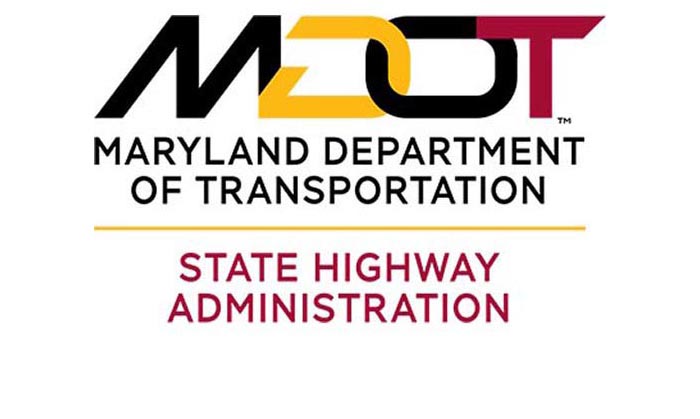
MDOT SHA Logo
(June 15, 2010) – Maryland State Highway Administration (SHA) and Maryland State Police (MSP) will deploy speed enforcement through the SafeZones program at the I-695 (Baltimore Beltway) bridge project at Liberty Road (MD 26) beginning June 24. The goal of the SafeZones program is to reduce vehicle speeds and make construction zones safer for workers and motorists. Through the end of May, more than 34,600 citations have been issued through the SafeZones program.
Large warning signs are placed in advance of the work zone to alert drivers of automated speed enforcement use. Crews also utilize “speed trailers” to display the posted speed limit and drivers’ speeds in advance of the enforcement vehicle. SHA has installed more than a dozen speed enforcement warning signs along the Baltimore Beltway, as well as an additional sign along the I-795 ramp to southbound I-695.
Maryland SafeZones mobile enforcement vehicles using laser technology will continue to rotate among eligible work zones throughout the State. In addition to the location at the I-695 and Liberty Road project, SafeZones currently operates and rotates within the following work zones: I-95 between MD 198 and MD 212 (ICC work zone) in Prince Georges’s County, I-695 at Charles Street in Baltimore County, and I-95 Electronic Toll Lane (ETL) project in northeastern Baltimore County.
The law allowing automated speed enforcement was passed during the 2009 legislative session and became effective October 1. Transportation Article §21–810 allows law enforcement to use speed cameras to fine drivers exceeding the speed limit by 12 mph or more in work zones along controlled access roadways with a 45 mph or more speed limit.
“Preliminary before and after speed data indicate that drivers are slowing down where the SafeZones program is present within the I-695 interchange improvement project at Charles Street, and we are confident we can carry that success west to I-695 at Liberty Road as well,” said Maryland State Highway Administrator Neil J. Pedersen. “The overriding goal of the program is to change driver behavior so that construction crews, as well as drivers and their passengers, arrive home safely at the end of the day.”
Four out of every five people injured or killed in work zone crashes are drivers or their passengers, not workers. Even when workers are not present, work zones can be dangerous due to reduced lane width, barrier walls, uneven pavement and modified signage placement. On average, 12 people are killed per year and nearly 1,500 people injured in crashes in work zones in Maryland.
# # #